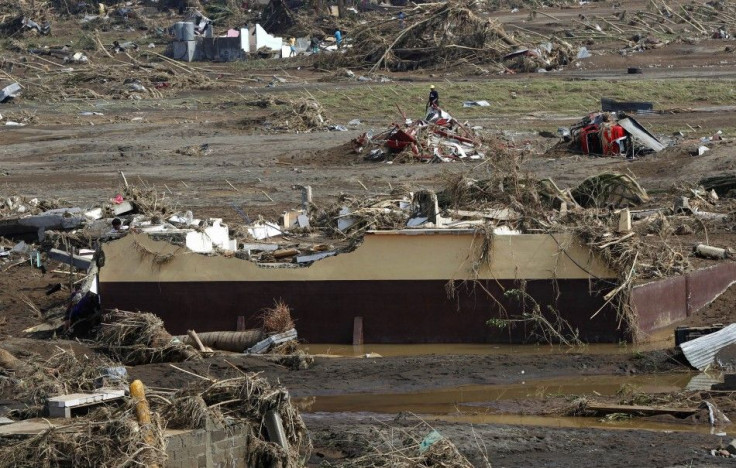Mass Burial Planned for Flood Victims in Philippines

Health officials in Iligan, Philippines, are considering digging mass graves for flash-flood victims Monday in an effort to minimize health risks in the disaster-afflicted coast of Mindanao, the BBC reports.
Overwhelmed by the rising statistics of newly recovered bodies from Saturday's tropical storm disaster, officials plan to prepare mass graves Monday in attempt to mask the stench from rotting corpses, which may otherwise pose a serious health threat.
Officials say body bags will be marked for future exhumation, if required.
The Philippine Red Cross estimated 652 people dead and listed another 808 missing. Bodies that were washed out to sea have resurfaced with unidentified corpses piling up in mortuaries. Officials in Cagayan de Oro and Iligan, the worst-hit cities, said they were running out of evacuation centers and coffins for the dead. Funeral parlors already packed with decomposed bodies are no longer able to accommodate any freshly recovered corpses.
Local mortuaries are no longer accepting cadavers and they are even asking people to bury the dead at once because there are too many bodies even in hallways, Brig. Gen. Roland Amarille, head of an army task force in Iligan, said in a statement to Reuters.
With nearly 40,000 people seeking shelter, many churches have been converted into temporary evacuation sites.
Desperately in need of emergency supplies, disaster agencies delivered body bags, food, water and medicine to many of the evacuation centers, Reuters reported.
Typhoon Washi struck the southern coast of Mindanao early Saturday morning, leaving many trapped in their homes, while hundreds were washed away by devastating flash floods.
© Copyright IBTimes 2025. All rights reserved.





















